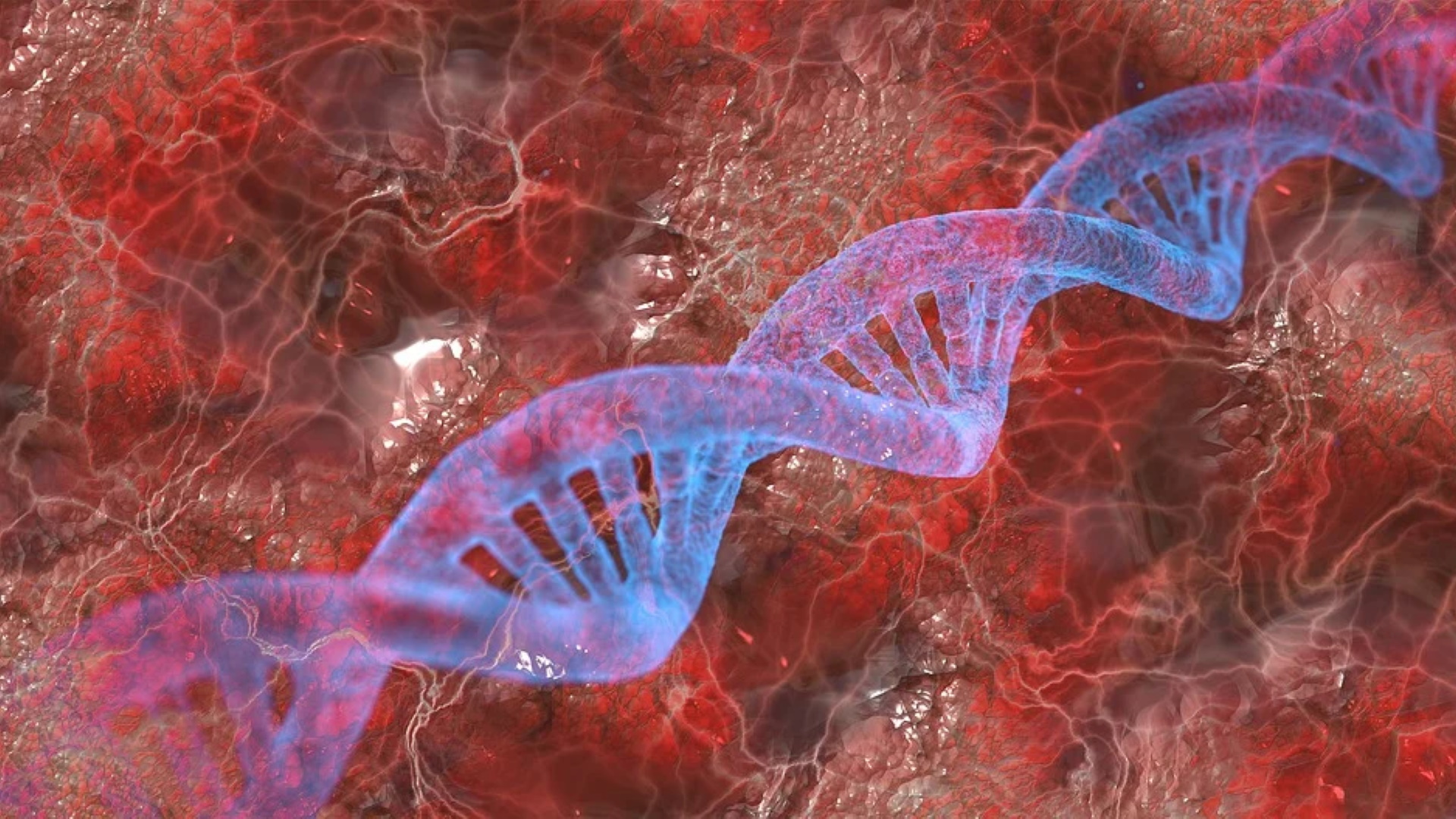
The Next Phase of the GMO Discussion
by Joseph P. Farrell, Giza Death Star
July 15, 2020
Last week I blogged about I.G. Farbensanto’s latest gimick to avoid legal entanglements when it (Bayer) bought out Mon(ster)santo, to become I.G. Farbensanto. I won’t go into the latest gimick all over again. Rather, there’s something else coming down the pike that M.W. spotted and shared(and again, thank you!), and it’s such a whopper doozie I have to pass it along. That something is “gene drive organisms”, and if that sounds to you a little “scary and creepy”, it’s because it’s far worse than that:
Normally I’d comment a great deal on stories like this, and I do intend to comment a bit today, but I don’t really think I need to do so extensively, because I’m sure that regular readers here will appreciate the rather horrifying implications of the following quotation from the article:
Synthetic gene drives are a new form of genetic engineering, created via the genetic engineering method CRISPR/CAS9, and are intended to permanently modify or eradicate populations, or even whole species, in the wild.
They are currently defined as a system where genetic elements or traits have more than the usual 50% chance of being inherited, irrespective of whether they benefit or harm the organism inheriting them.
The idea of gene drive technology is to force the inheritance of detrimental genetic traits. In this way, scientists hope to reprogramme or eradicate species such as disease-carrying insects and invasive species.
This is a key distinction between GDOs and genetically modified organisms (GMOs), which are explicitly designed to contain the spread of modified traits.
…
Most recently, Imperial College London created a modification that was able to eliminate populations of malaria-carrying mosquitoes in lab experiments. This work was funded by the Bill & Melinda Gates Foundation under the Target Malaria project.
…
This is something that Martin Häusling, agricultural policy spokesman for the Greens and member of the European Parliament’s Environment Committee, called a “fundamental step for biodiversity,” warning that the long term consequences of this technology is “not foreseeable”.
Mareike Imken, from the German initiative Save Our Seeds, concurred, saying that “while the risks of gene drive technology have not yet been scientifically assessed, it could have a massive impact on already damaged ecosystems,” adding that it is “irresponsible to expose species and ecosystems to further risks“. (Emphasis added)
So, boiling all this down, virus-spreading expert (both computer and the other kind) Baal Gates, through his Baal and Malicious Gates Foundation, is funding research into gene drive organisms (GDOs) in the hopes of reprogramming species or just eradicating them if they’re nasty and we don’t like them and they carry nasty diseases. (Notice the criterion here could be applied to just about any organism, including us, and let’s not forget that Baal Gates is one of those overpopulation nuts that have been with us since the Most Serene Republic of Venice.) Well, I have to confess part of me is attracted to the idea of getting rid of certain things. High on my list would be spiders and snakes (and those big lizard things in Japan). But, much as I dislike spiders and snakes, I realize that they do some good, if they’re not the human versions thereof. And as for Baal Gates, when I think of him (and I try not to do so), I think of the Peanuts cartoon character Pig Pen, surrounded always in a cloud of dust, dirt, and flies, or in this case, viruses.
And speaking of Baal Gates and gene driven organisms…
… what happens if, for example, those genetic drive traits jump species? I recall back when I entertained this outlandish speculation many years ago with respect to GMOs, I was roundly denounced by “scientific authorities” for being… well…outlandish. Perhaps I am, and like all outlandish people, I claim the right to be wrong, or just simply outlandish. It later turned out that a couple of obscure papers had noticed that some genetic traits from GMOs started showing up in other organisms. No apologies from the “scientific authorities” were ever forthcoming. My point at the time was rather simple: it wasn’t as if certain things had never jumped from one species to another before. So I wonder the same thing here: what happens if one modified the genes of, say, a species of reptile such as serpentus baalus gatus, in order to eradicate the species, or reprogram it not to spit bile and poison everywhere it slithered, or better, to make its own bile and poison poisonous to itself. But if one allows the possibility of species jumping, this modification might jump to a particularly deadly species of spider, arachnidia sorosia, and serpentus baalus gatus would be depriving itself of one of its best friends, not to mention another vector by which to spread vitriol and bile.
Of course, the types of people involved in such research aren’t the cleverest of people and will press ahead with their research, in spite of the possibility that they might be caught in their own plans and snares.
In which case, it might be worth letting them do it after all.
… nah… it isn’t. They’re just insane, and colossally stupid.
See you on the flip side…

Truth Comes to Light highlights writers and video creators who ask the difficult questions while sharing their unique insights and visions.
Everything posted on this site is done in the spirit of conversation. Please do your own research and trust yourself when reading and giving consideration to anything that appears here or anywhere else.










